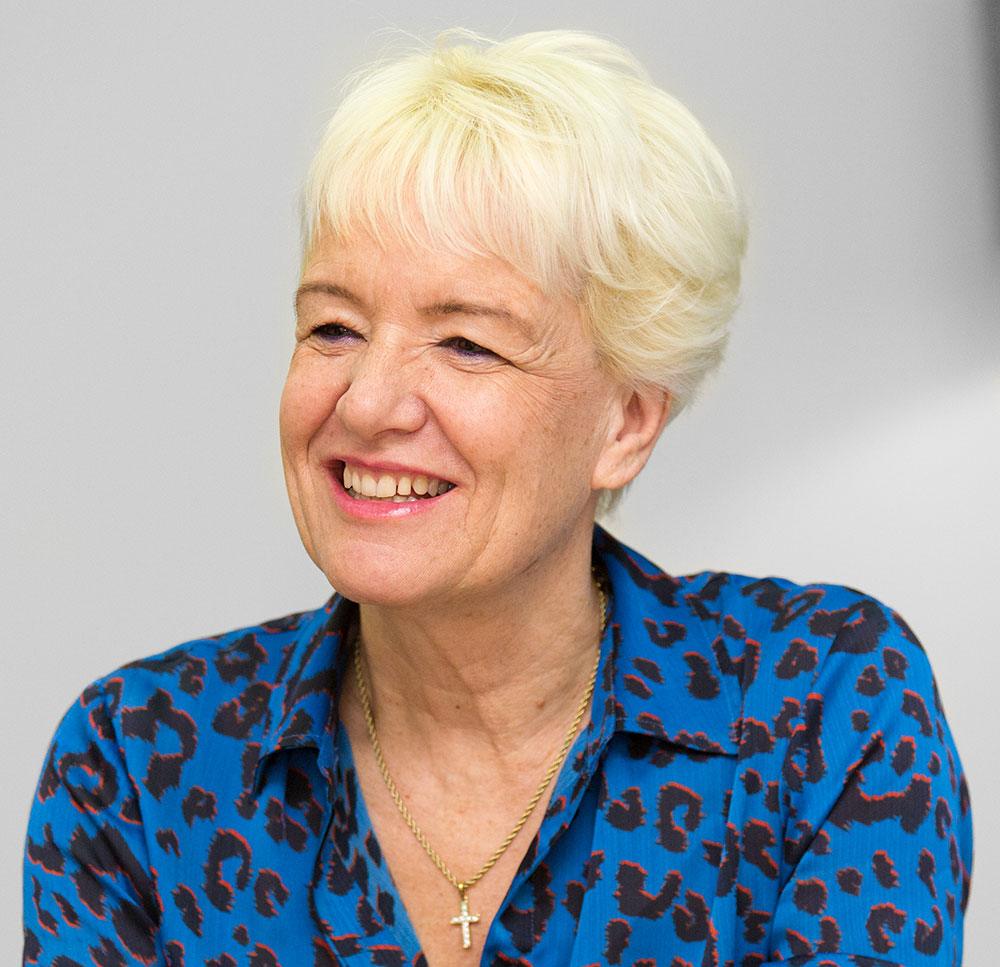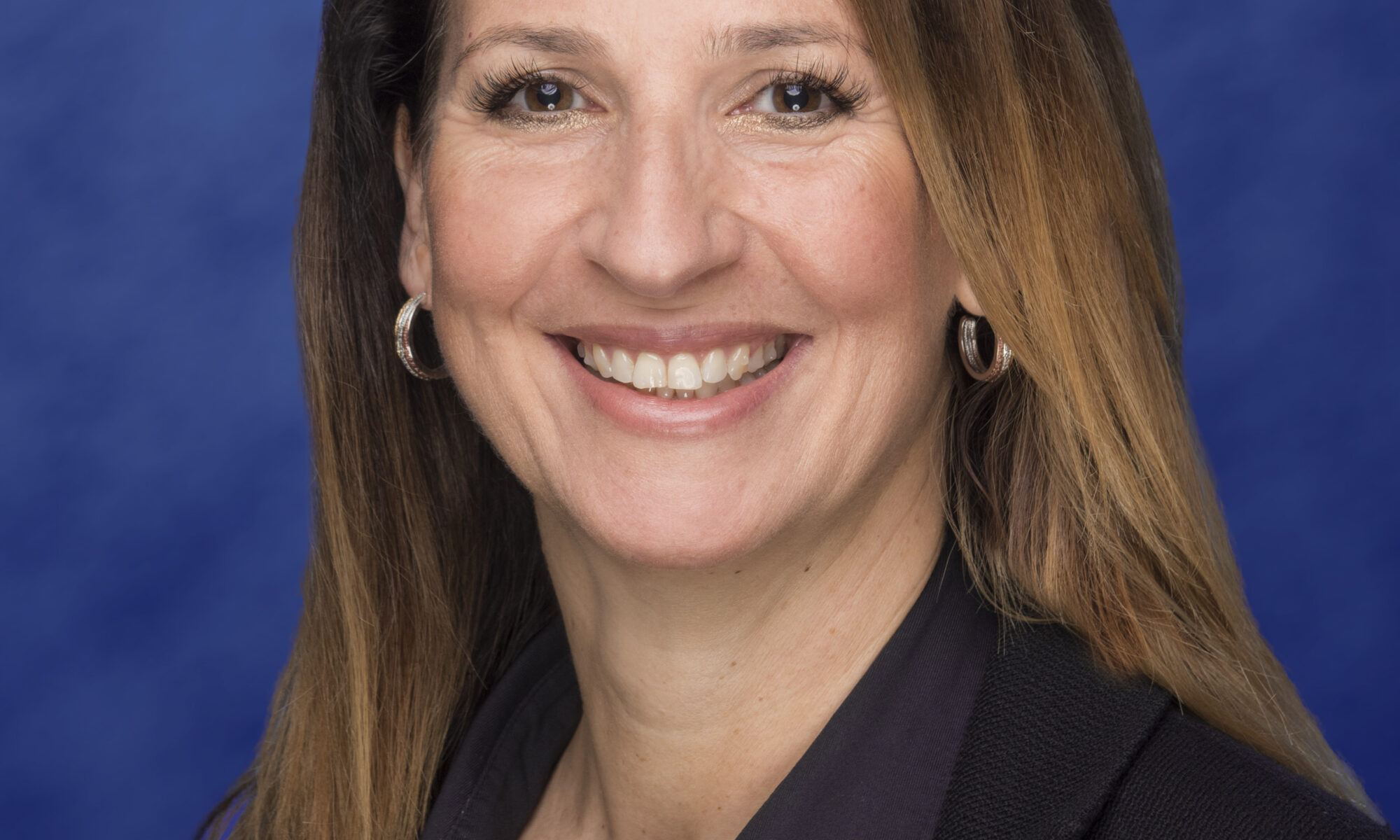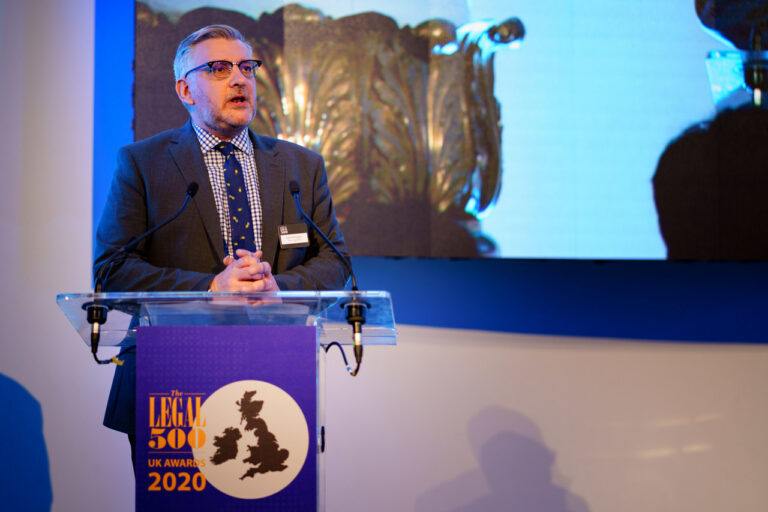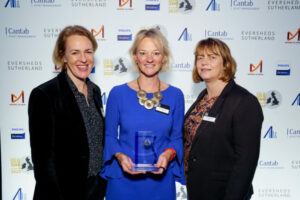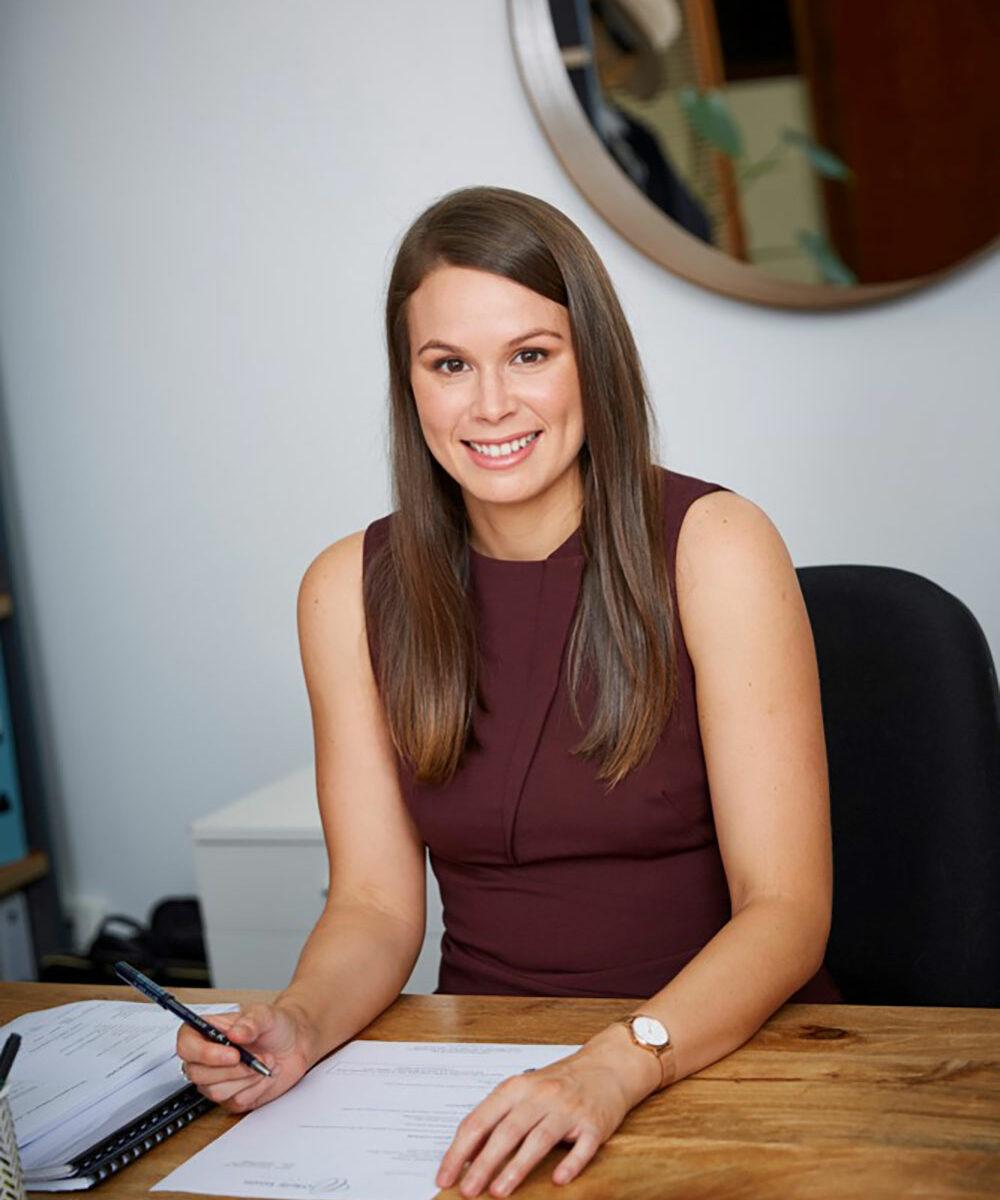FF: Tell me a little about what it was like for you growing up in Far North Queensland, and what it was that made you want to be a lawyer?
I grew up in a place called Gordonvale and there are parts of when I think about growing up in Far North Queensland that can be confronting. There was a lot of domestic violence in my family perpetrated by my father against my mother. We actually had to move away from where my mum’s family lived and go quite far away – it just made it easier for us.
I remember the first day my younger sister and I got to our new school; I was in Grade 3 and my sister – who has lighter skin and lighter hair than me – was in Grade 1. When I got into my classroom, they put all the Aboriginal kids in the corner and said ‘You’re the Aboriginal kids, so you sit over there and play.’And I thought it was really weird. When I asked my sister if the same had happened to her, she told me it hadn’t. So I do have very early memories of being ‘put in the corner’ for being different.
When we finally moved back into town (into Cairns city), I went to Trinity Bay State High School. And I didn’t really have much interest in studying in Grade 12. I remember there being so much pressure to do really well and to make really big decisions. You’re expected to pick universities and pick courses, and I didn’t really know what I wanted to do. So I just gave up a little, and decided I wasn’t going to make those decisions then. I’d talked previously about doing law and going to university, but just the thought of doing that straight after school … if I’d have been pushed into doing it then, I probably never would have!
At the same time, my mum was working, studying nursing (she was the first in our family to go to university), and going on her practical training days at the hospital, but also going through a break-up with my step-dad. I was 17/18 years old, and I had a little sister and a little brother. Mum asked if I could be available to pick them up from school and make the dinners, and so that’s what I did. About a year into doing that, James Cook University called me and asked if I’d like to study law. When I’d finished school, I had put in a preference for law (I did really well at Legal Studies at school, and I thought it looked interesting), but never followed up on any of their letters afterwards! I was told I could do a bridging Arts degree, and transfer to do law later. So, I decided to do that.
When I went back to law at university, it was definitely something I was good at, but I felt I hadn’t found any direction with it. I didn’t even like law that much! But then I met some really incredible people in my last year at university – I suddenly had these people who were showing me ‘this is how you can use your degree’- and they helped me figure out my ‘why’.
FF: Since you graduated, your career has been varied, from private practice to the DPP and Coroner’s Office, to now practising as a barrister. What has prompted those various changes? What were your motivations?
While I was at university, and before I went into private practice, I worked as a secretary for a criminal defence firm. Cairns is really small, and the job opportunities are slim. From there I got poached to go into property law, and I took that opportunity, because even though I had no desire to go into property law, it was a job. I always kept my eyes open, though, because I always found criminal law really interesting. And then the role with the Director of Public Prosecutions came up. It’s very hard to get in to the DPP. And when you do first get into it, you’re only on a three-month contract each time. There’s no job security. At the same time, I’d been offered another job doing commercial work in a law firm, which would have been permanent. But I took the gamble with the three-month contract, with no assurance I was going to go further than that. I remember thinking ‘there’s never going to be another time in my life when I can do this’- where I was young, and didn’t have any debt, so I could take that risk. The one thing I really enjoyed at the DPP was the court work. You are in court nearly every day, and it was such great experience. That’s when I realised that I loved going to court, and that I wanted to focus on developing my advocacy skills.
From the DPP, I then moved to the Coroner’s Office, and I couldn’t believe I got that job! Australia is so large, geographically; the Northern Coroner covers an area the size of a few European countries put together. And each Coroner has only one Counsel Assisting, so you have to wait for people to either retire or move on for that opportunity to come up. I applied for it, not thinking I would get it, but I really needed a change at the time. And, lo and behold! I got the job! And it was so interesting. You can’t really even explain it to people.
I went to watch a live autopsy, and got to learn so much about the medico-legal part of the practice. You’re always talking to the medical profession and various other stakeholders, including the police. On my first week in the job, three sky-divers fell out of the sky in an accident, and a granny who went missing north of Cairns was suspected to have been taken by a crocodile. And that was just in my first week. Only in Australia!
“When I went back to study law at university, it was definitely something I was good at, but I felt I hadn’t found any direction with it. I didn’t even like law that much!”
You never knew what you were going to walk into. Until I logged into my computer in the morning, I had no idea what my day was going to look like. It was a very cool job, and a huge privilege. You’re left to investigate and care for families who have just had the worst day of their lives, because when it comes to the coroner’s office, it’s either a violent or non-natural death. You have a big responsibility, and a lot of people to service because of how big the area is. You’re looking after people who can’t speak for themselves – they’ve passed on – but their families are still here and you want to give them answers and hopefully prevent further deaths like that happening again.
FF: And you’re now practising as a barrister across two chambers, in Cairns and Brisbane.
That’s right. When I was at the DPP, I had a good friend – a Papua New Guinean woman – who was probably the first person I related to in terms of being from a minority group. Not only am I rare being Aboriginal, I’m even rarer being an Aboriginal woman in this industry.
Anyway, she was a Crown Prosecutor and found out about this trust fund. The very first Aboriginal barrister, called Lloyd McDermott, who later used his traditional name Mullenjaiwakka, created a trust fund for Aboriginal solicitors who wanted to become barristers. You had to write a story about yourself and convince them why they should pay for you to do the course – because it’s expensive. My friend actually locked me in her room one day and said ‘You are going to finish this application and you are going to send it.’So I did it.
And I got approved for the funding. I remember they called me and said ‘We’ve all read your story and were very moved by it, and we would love to sponsor you through this process.’So that was while I was at the DPP. And I knew I had a lot of study ahead of me, because you do three 90-minute exams on three different areas in one day, and you have to pass them all to get on the course. You also have to move to Brisbane for six weeks to complete it. The whole process for me took a couple of years, but I got there.
FF: Can you tell me about particular obstacles you have faced as an Indigenous woman?
It’s always in the back of your mind that you’re different. It was that feeling when I went to the new school in Grade 3 and was immediately put with the other Indigenous kids. That feeling is continual; it will never stop. And that’s fine. I’ve got a thick skin and I’ve got people who I talk to for support about that.
In Grade 8, I did very well academically, and was offered a scholarship to attend Trinity Anglican School, which is one of the most expensive schools in Cairns. So, if you weren’t rich, you had to have extremely good grades. I was offered a partial scholarship, which meant they paid for my school fees, but they didn’t pay for say, a laptop (which was necessary, but not standard then the way it is now). I reconciled to tell my Mum I wanted to go to the other available school, because I wouldn’t need a laptop, and then I wouldn’t have to worry about Mum stressing all the time about keeping up with Joneses. We couldn’t afford that, and it wasn’t something I wanted to put my family through. Even though I had the grades to go to Trinity Anglican… knowing that I didn’t have that structure around me, financially, that would have been a big burden on my Mum.
So, from a very young age, I had to be very vigilant about my actions, and their consequences, because I didn’t want to give my Mum one more worry. She had enough.
It was at university that I became more comfortable financially. I was given scholarships to help with the financial burdens, and we also had our own Indigenous school. This meant our printing was free and we had a fridge to keep out food in, because we couldn’t afford to buy out every day. We were really cared for and supported, not just financially but emotionally as well. And that was amazing. We had our own tutors, which made all the difference for me. I did my whole degree on a mini laptop, which I shared with my mum while she was also studying. We both completed our degrees on this one tiny laptop. We still joke today about how we managed to do it, and it’s probably why I have poor eyesight!
I think in terms of obstacles: if I didn’t have the Mullenjaiwakka Trust, I’d never have been able to do my barrister’s course. The course alone was AUD$6,000, plus the cost of moving to Brisbane for six weeks. You have to attend classes every single day. I saved up three years’worth of holidays just so I could take those six weeks off and get paid for it. Most of the others in my classes were not worrying about who was paying for their course or taking time off work. And many of them had the ‘in’to get work experience and to attend networking events, as they had friends or relatives in the industry. I didn’t know anyone!
A real turning point for me was when I met my junior mentor – Joshua Creamer – while I was doing my Bar course. He taught one of the classes, and I introduced myself just to say thank you for being part of the process that got me there. He said ‘When are you coming to the Bar?’and I replied, ‘Oh, I’m not for a while!’Because at the time, I was planning to go back to the Coroner’s Office to continue that job for a while. Going out on your own at the private Bar costs a fortune. You don’t get paid until you get clients, and it was all a big leap for me. Joshua said ‘No, you have to come now. The time is now.’But I still wasn’t sure. Later on, we caught up again for lunch and he said ‘I want you to come to the Bar, I want you to know that I’ll support you; I’ll pay out of my own money if it means you’ll come.’He then introduced me to people and of course those introductions led to other introductions. He has had me involved in class action work; he offered me door tenancy at his Chambers in Brisbane.
At the time, I found it very hard to trust people, because I’d never been given an opportunity like this before. I felt that opportunities like this were given to other people, not me. You never know if people are going to be true to their word; people can be very excitable in the moment. But I did trust Joshua.
I went home and quit my job, which was the scariest day of my life, especially having to say to my boss ‘I said I wouldn’t go to the Bar, but now I’m going to’. I also had to talk to my partner about it; I’m sure he was hoping I would come home from the course and things would settle down a bit… but really, he should have known better!
FF: What now constitutes the majority of you work?
At the moment, I’m doing a lot of criminal defence work, but I also do anti-discrimination, domestic violence, and class actions. I really enjoy representing Indigenous juveniles. That’s when I get to intercept at an early stage and say ‘I know that you feel like your life sucks, but I have felt the same.’I can show them my robes and my wig, and I can say ‘This is what you could be. I’ve been there, and I know how you feel. You don’t have to live like this.’I do really love that work. I really want there to be more Indigenous faces in the law, and I really try to encourage my young clients to stay in school, to get a good education, and, hopefully, one day join the industry.
FF: What do you believe needs to be done to improve Indigenous representation in the industry?
For anyone who wants to work with us, or advance us, they really just need to have an open mind. They need to realise that what they think they know about us is probably completely wrong. It’s willingness to learn and provide safe spaces for us. Because we will teach you – we just need to know that you’re going to use that information appropriately and safely to keep the conversation going. Right now, there are only two Indigenous women at the private Bar – Avelina Tarrago and me – and we know the women who are out there looking to us for that success story. The more of us are out there, the less pressure there is on Avelina and me… and it will eventually come! But really, it has to start with open-mindedness and a willingness to learn. And that’s not something you learn from books; it’s such a new phenomenon to have Aboriginal women wearing robes and wigs. It has to come directly from us.
There are a lot of people who say ‘she won’t make it’- an instinctual believe that because we’re women and because we’re Aboriginal, we won’t be successful. They’re not true believers. We feel that, we know exactly who thinks that. You can’t hide that type of energy when you’re in a room with someone. But that’s in Australia and throughout the world – there are people who understand, and there are people who could understand; they’re informed enough, but they choose not to, out
of fear or something else, I’m not sure. There are definitely people who would prefer us to quieten down and slowly leave the profession, but it turns out we don’t want to. We’re not going to go away.
Getting connected with universities and establishing relationships with students would also be beneficial. When I was growing up, I did not know one lawyer, and it would have been an incredible help if I’d had some industry connections.
FF: What would be your advice to aspiring Indigenous lawyers?
Study more! Keep chipping away. It’s not easy, but it’s also not as hard as you think. Be an open book. If I’m struggling… I was always taught to express that. When you look around a room and people have just got their heads down, pretending like everything is coming so easily, you can look to yourself and think ‘Why do I have to try so hard? Is it because I’m not good enough?’, and it’s absolutely not that. You’re just being honest with yourself. And so be honest with yourself, and ask for help when you need it. Never change you who are, and never change who you are to make other people like you or feel comfortable. Keep thinking about what your ancestors have done for you to even be in a position to study law, the fight that they have gone through. And then think about the fight you’re going through, and know that it will make it easier for the next generation.
